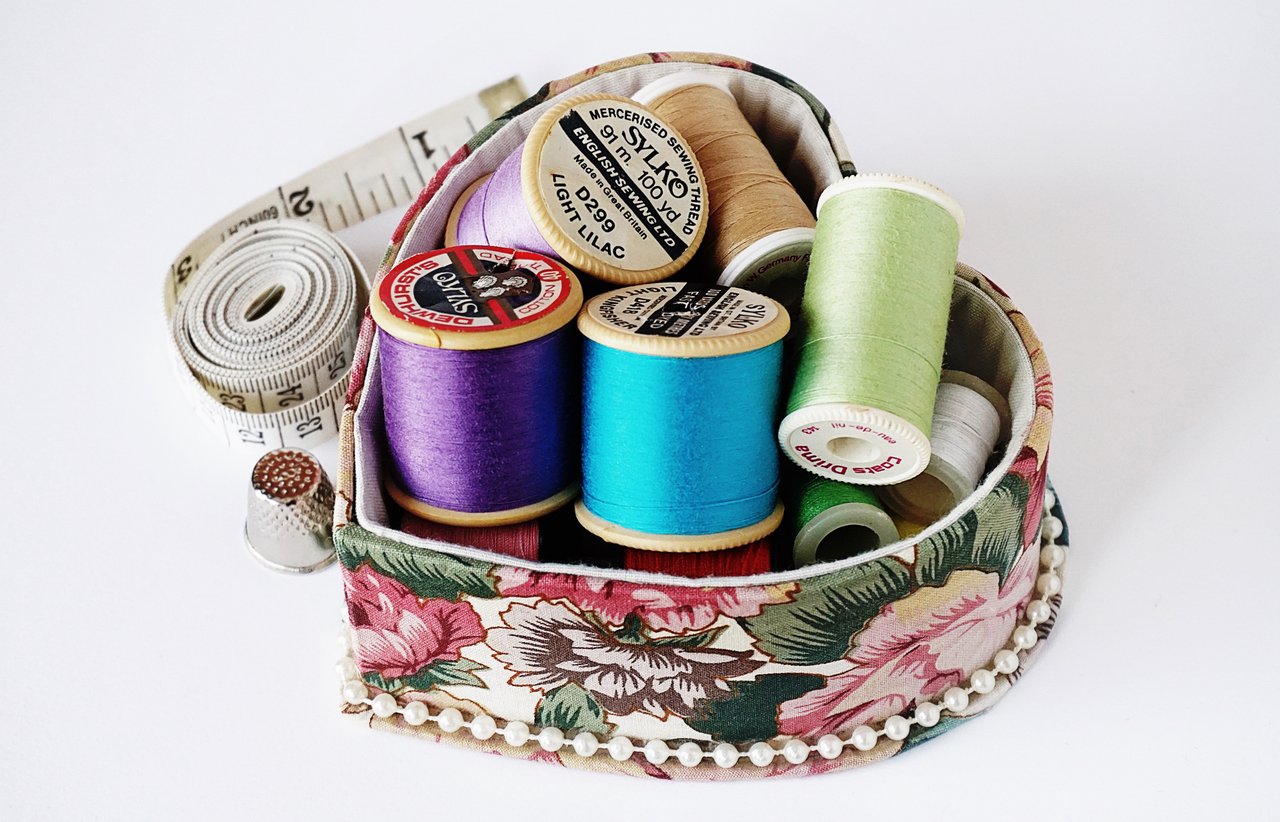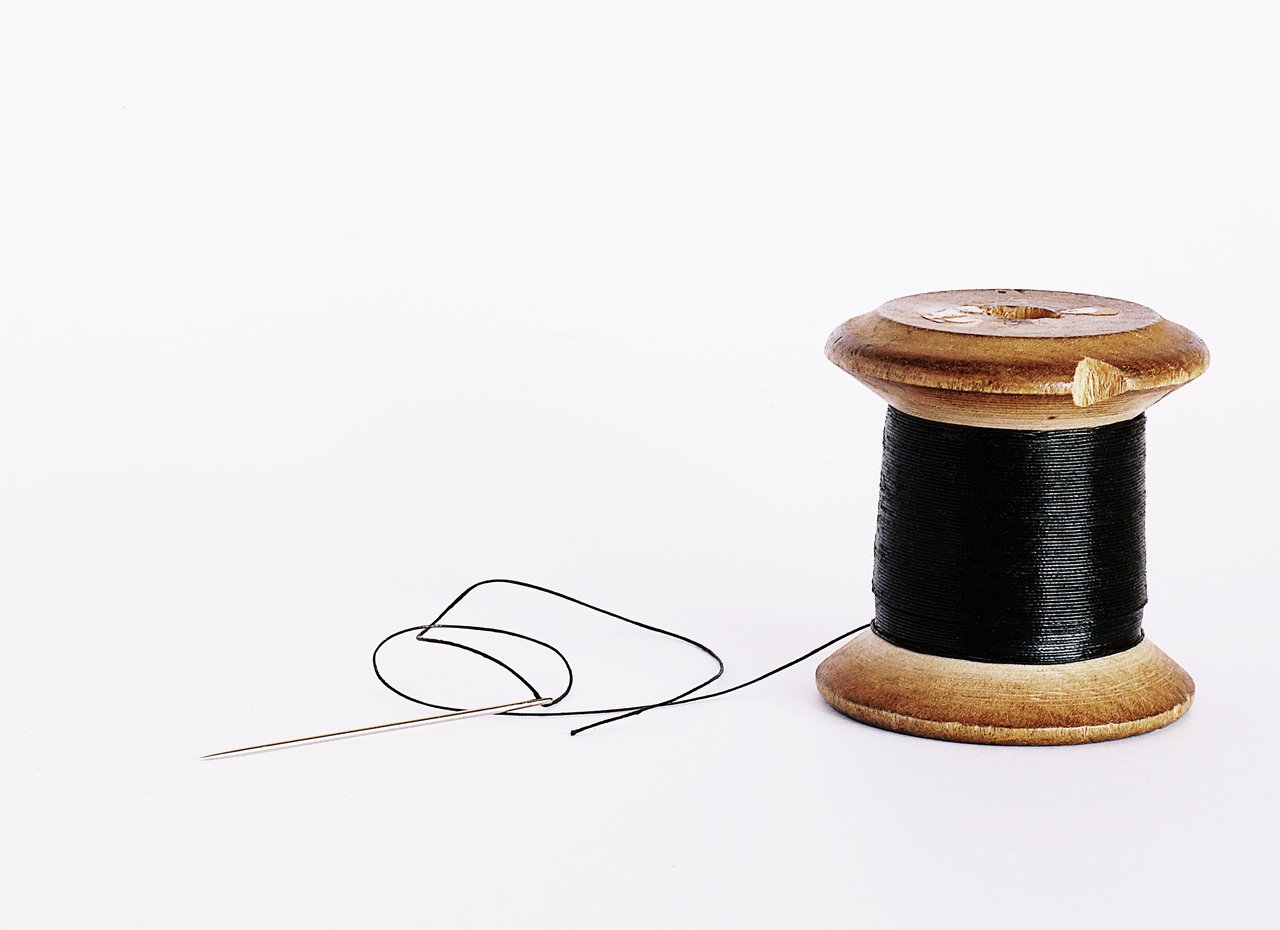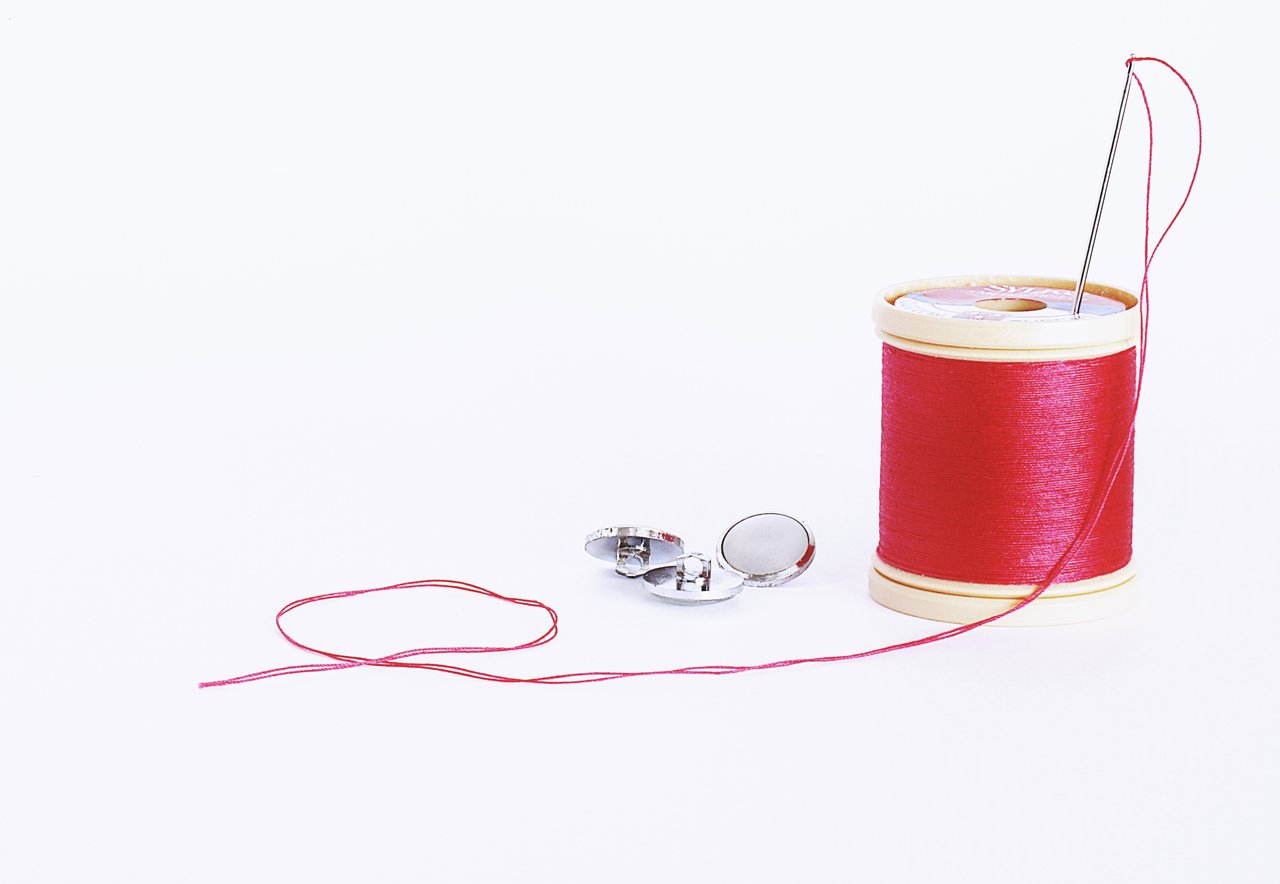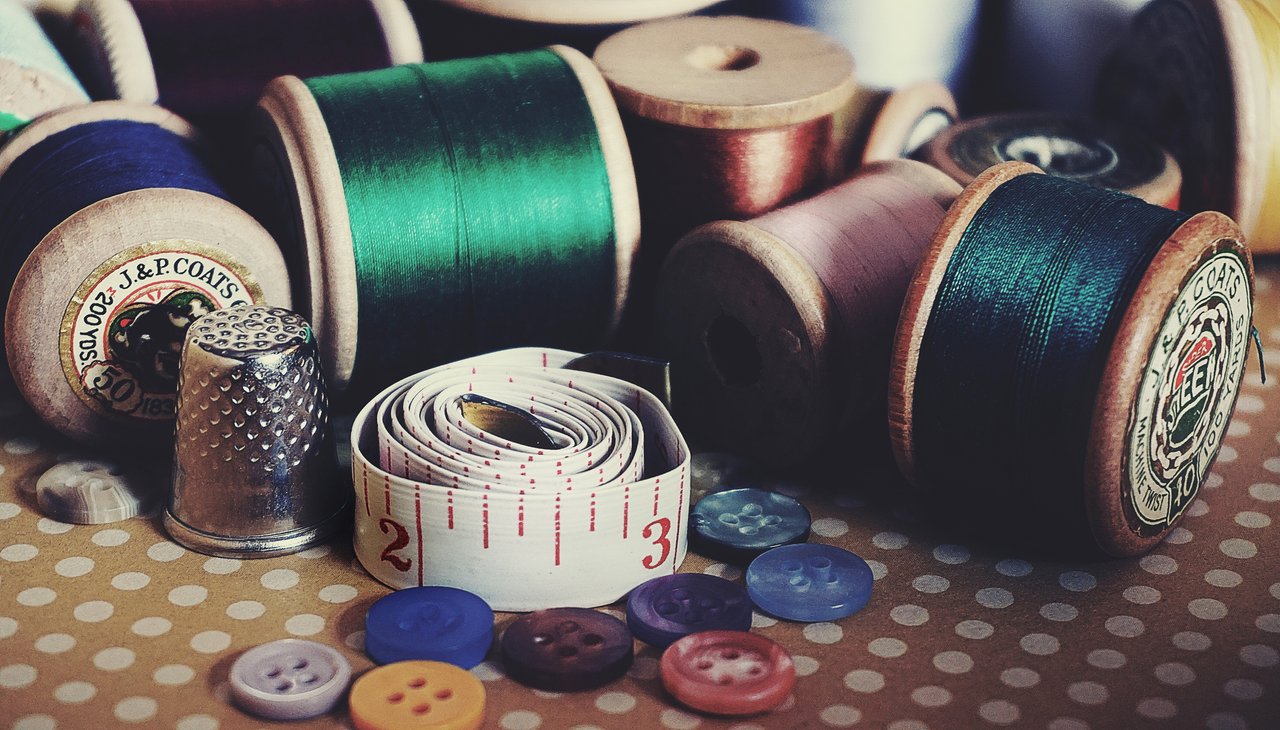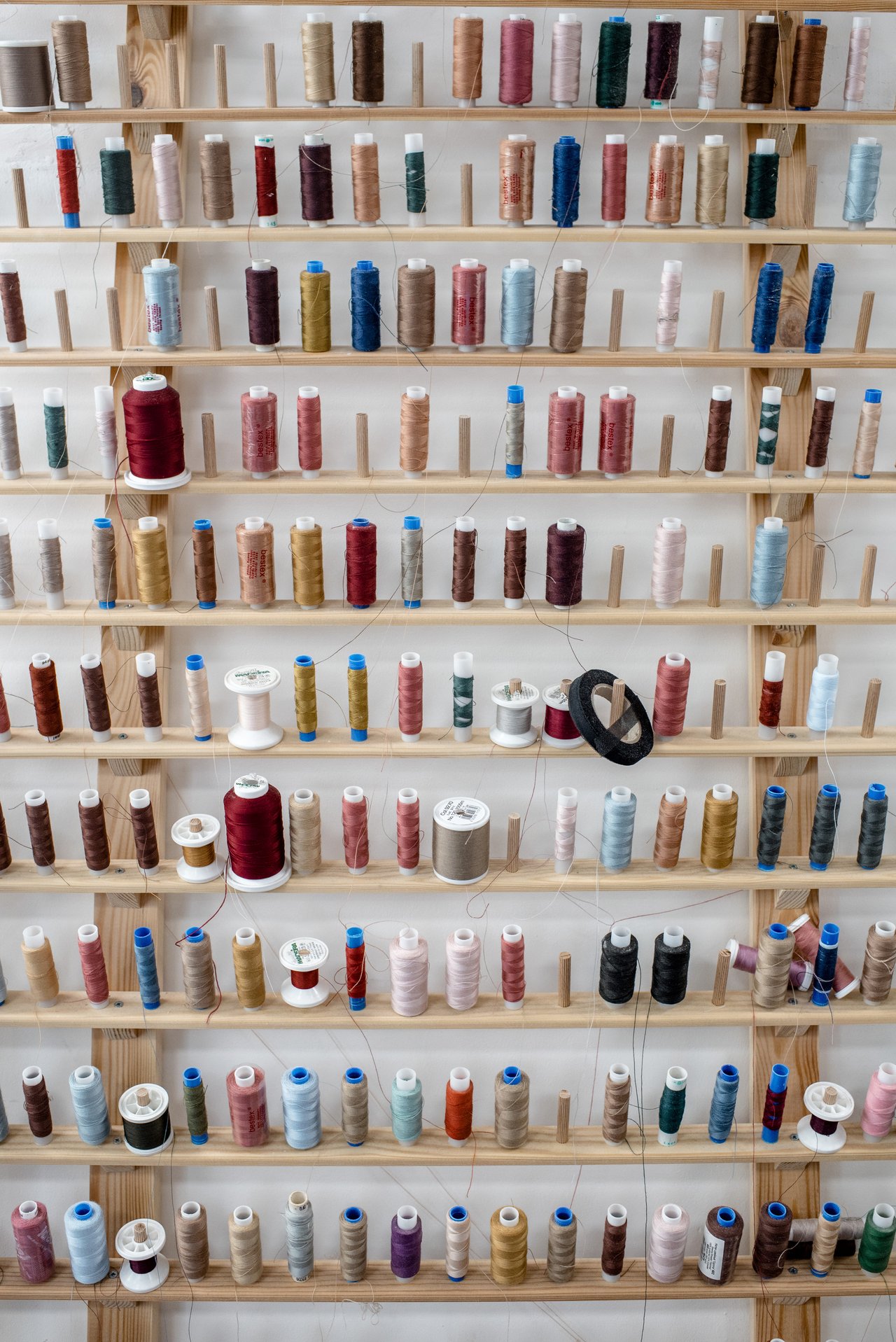Common Mistakes in Embriodery Digitizing to Avoid
In the current embroidery industry, every digitizing company trains its employees to avoid mistakes and to put the completely crisp products in front of the clients as numbers of machine embroidery digitizers have their living based on the digitizing houses. Each digitizer aspires to put forward a seemingly flawless design in the first attempt yet at times many areas are left unobserved under the pressure of deadlines and bulk production. Some of the embroidery digitizing mistakes include multiple numbers of trims, a lot of color changes, lack of compensation, unnecessary jumps so on, and so forth. Although these crises don't seem that of a problem while digitizing but still end up being such drastic on the production floor that you might end up losing the client. Here are some of the top embroidery digitizing mistakes that can cost you your customers:
Fault in Planning
Detailed planning is needed before you get started with the embroidery digitizing or else you could end up with an enormous number of mistakes and a poor design to present in front of clients.
The incorrect style for applications
Take enough time to choose the right underlay as it is vital for embroidery digitizing as poor choice in it will lead to a complete disaster as it can distort the design when using numerous fabrics.
Poor consideration of the digitizing aspect
Not able to acknowledge the difference between the digitizing aspect can be very embarrassing especially when the push and pull compensation take place caused by the difference of flat frame from the curved substrate.
Closing the eyes to the bobbin
A habit of checking the thread tension every time the bobbin is changed is very essential to learn otherwise it will create great hurdles in offering the work of a higher standard.
Stitch Direction
Designers need to make an important choice for the design's stitch direction, you wouldn't want your design to fall flat with no attractive look to it. It is vital to know the product you are working with and the right amount and direction of the push of thread for a great finish.
Low compensation
It is very vital to fit your design properly in place as using the wrong dimensions can make your product fall into poor quality. Underlay sticking issues and poor fit problems can also be caused because of this lack of good compensation.
Improper density
Having the wrong idea of density can create a lot of hassle for your product, it might end up either being too thick or too thin which alarms as a problem in both the cases so it is essential for your design's density has to be bulletproof.
No use of the lock stitches
Although lock stitches are a choice, it is important to be present on some products such as jackets, knits, and jersey materials to stop the stitches on them from unraveling.
The Fills
To bring the visual variations to your design you need to have a good understanding of fill types and their effect on the designs. The only difference between a design being humbug and handsome is the variety of fill types used in it.
The inaccurate stitch length
To get a professional finish on the design the right stitch length is very vital for the purpose otherwise it can cause underlay to stick out and can also cause problems with lettering, especially if there is small lettering so using the right stitch length can bring a lot of difference to the final quality of the design.
The incorrect stitch width
It is very convenient for a product to end with an amateurish look with looping stitches and excessive trims if used the wrong stitch width. A product is also ended very poorly as it causes differences in the density of stitching which makes it more problematic.
The wrong application
You need to understand that a design made for a jacket will not have the same sewing effect on a hat thereby it is necessary for an embroidery digitizer to be conscious of the application of their design.
Quality Assurance
It is advised to every embroidery digitizer to assure the quality of their product before sending them off to the customer to make sure that they aren't compromising on any pitfall and to set a greater and better reputation.

